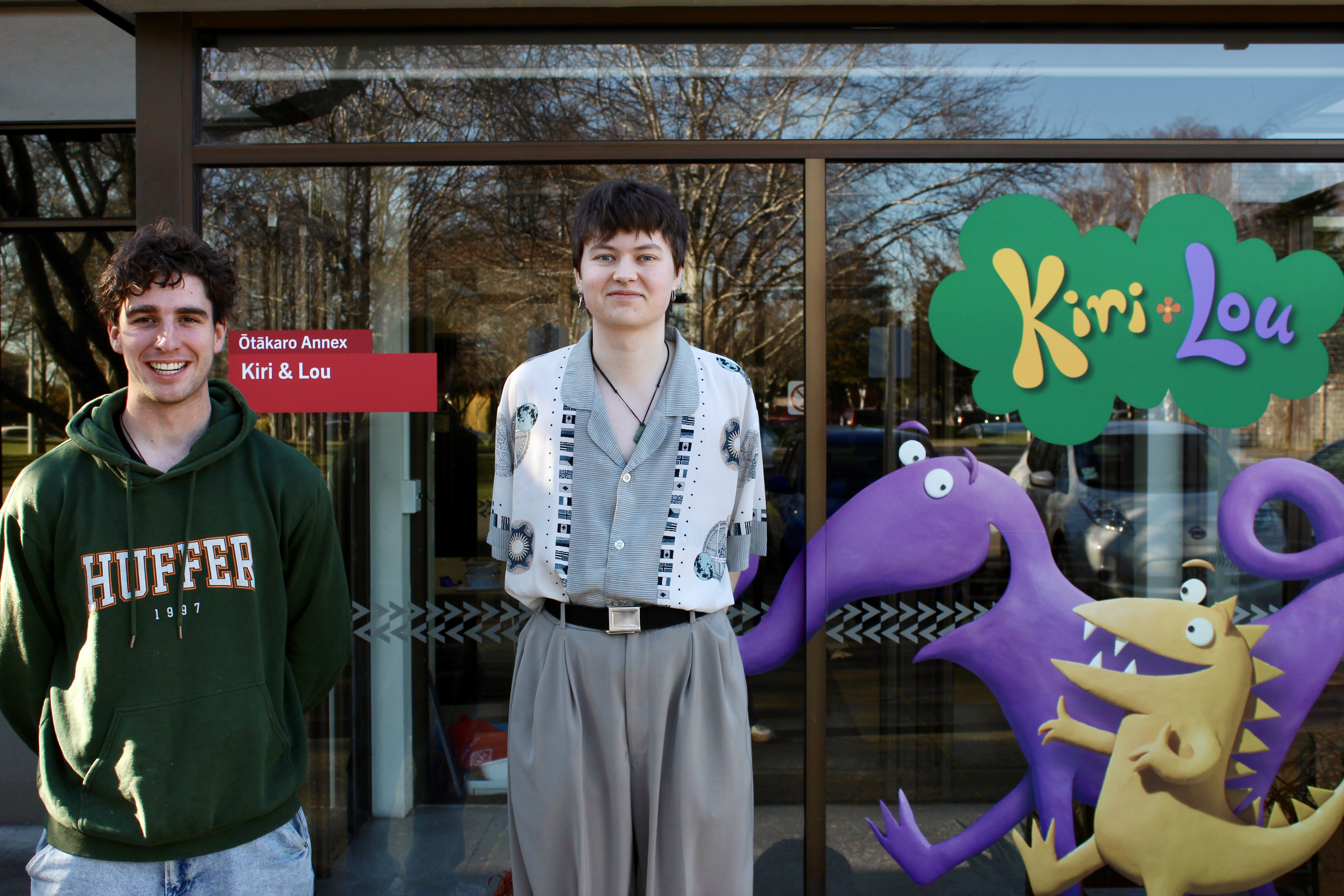Dr Catherine Phillips from the University of Canterbury
Image Caption: A scene from Arbor-Amor, a film that eventuated from a research project exploring people’s responses to trees in the city of Melbourne.
It began as a simple concept; the sprawling city of Melbourne asked its residents for help with tree maintenance. Each tree was given an email address, which people were encouraged to use to flag concerns about limb removal, protruding roots or watering.
But what grew out of the initiative revealed much more about the ways that a city’s inhabitants feel about and interact with urban trees. What arrived in the trees’ inboxes were countless dispatches of love and loss, of comfort and difficulties, and of connection and creativity.
Researchers from Te Whare Wānanga o Waitaha | the University of Canterbury (UC), the University of Melbourne and the University of Wollongong (UOW) had their interest sparked by the project and thought it could offer fascinating insights into the relationships between humans and trees.
As part of a large-scale, multidisciplinary research project, the PlantCities team, led by UC Lecturer Dr Catherine Phillips, (previously at the University of Melbourne), Associate Professor Jennifer Atchison (UOW), and Dr Elizabeth Straughan (UOW and University of Melbourne) were given the scope to examine the emails from Melbourne’s residents to the trees. More than 3200 emails were received between 2012, when the City of Melbourne launched its online ‘Melbourne Urban Forest – Visual’ initiative, and 2018.
A lecturer in UC’s Sociology, Anthropology and Human Services department, Dr Phillips says understanding the relationships among people and trees is fundamental to informing city planning and improving the overall health and wellbeing of billions of people around the world who live in urban environments.
“The initial project gave us the basis to think about people’s experiences and understanding of plants in cities. In our expanded study, we are finding a range of different experiences and encounters with trees, and plants. Some are about care and connection, others have more friction,” Dr Phillips says.
“This research will provide us with important information about how to manage trees and plants in cities, and recognise how people already connect with all the different kinds of lives and experiences happening in cities. My hope is that we’ll get some sense of how we can enhance people’s relationships with trees in ways that make people’s lives better and the lives of trees better.”
“These relationships are key to unlocking better urban futures and fostering healthier and more sustainable cities.”
Associate Professor Jennifer Atchison, from the Australian Centre for Culture, Environment, Society and Space (ACCESS) at UOW, said urban trees are critical for the future liveability and resilience of our cities. But not everyone appreciates the role of the tree in the rich tapestry of the urban environment.
“Trees are vital for human health and wellbeing; they improve air quality, help with climate mitigation, offer shelter and shade, provide habitats for animals and biodiversity. It is clear that we need more plants in our cities. However, not everyone feels the same and many urban trees are being lost through expansion and conflict. We urgently need to understand how people who protect and care for trees form connections and attachments to them.”
Arbor-Amor, a short film directed by Tom Lowe at Polygraph Productions, captures the beauty and complexity of the Plant Cities project, and provides a glimpse into the myriad emails that Melbourne’s residents sent to their beloved trees.
The City of Melbourne’s urban forest encompasses around 80,000 trees, including a significant number of London planes, spotted gums, and English elms. In the past two decades, significant droughts and heatwaves have shortened tree lifespans, while urban densification and expansion have led to removals and replanting strategies. Overall, tree-only canopy cover across Greater Melbourne is estimated at 13.4 per cent as of 2018, with losses of 0.3 per cent since 2014 largely in areas of redevelopment and residential land and gains in street planting.
Associate Professor Atchison said no other study, in Australia or globally, has investigated urban forests in quite the same multifaceted way, bringing together qualitative, quantitative, and artistic methods.
The emails revealed some key themes: gratitude, lament, comfort, solace. They told the story of international students who gained a sense of belonging in their new home; of office workers who sought respite in nature; and of residents who were angry at a significant tree’s removal for street widening.
Even the dispatches that were focused on the initial aim of the initiative – helping the city to efficiently identify which trees needed maintenance and when – were emotive in tone and language: “Dear tree. I think your branch is broken and someone should fix it.”
After its success in Melbourne, the Plant Cities project has now been expanded to include additional cities – Darwin, Wollongong, and Christchurch.
Funded by an Australian Research Council Discovery grant, the second phase of the research builds on the findings of Plant Cities to explore how plants, especially trees, become controversial.





.jpg)





